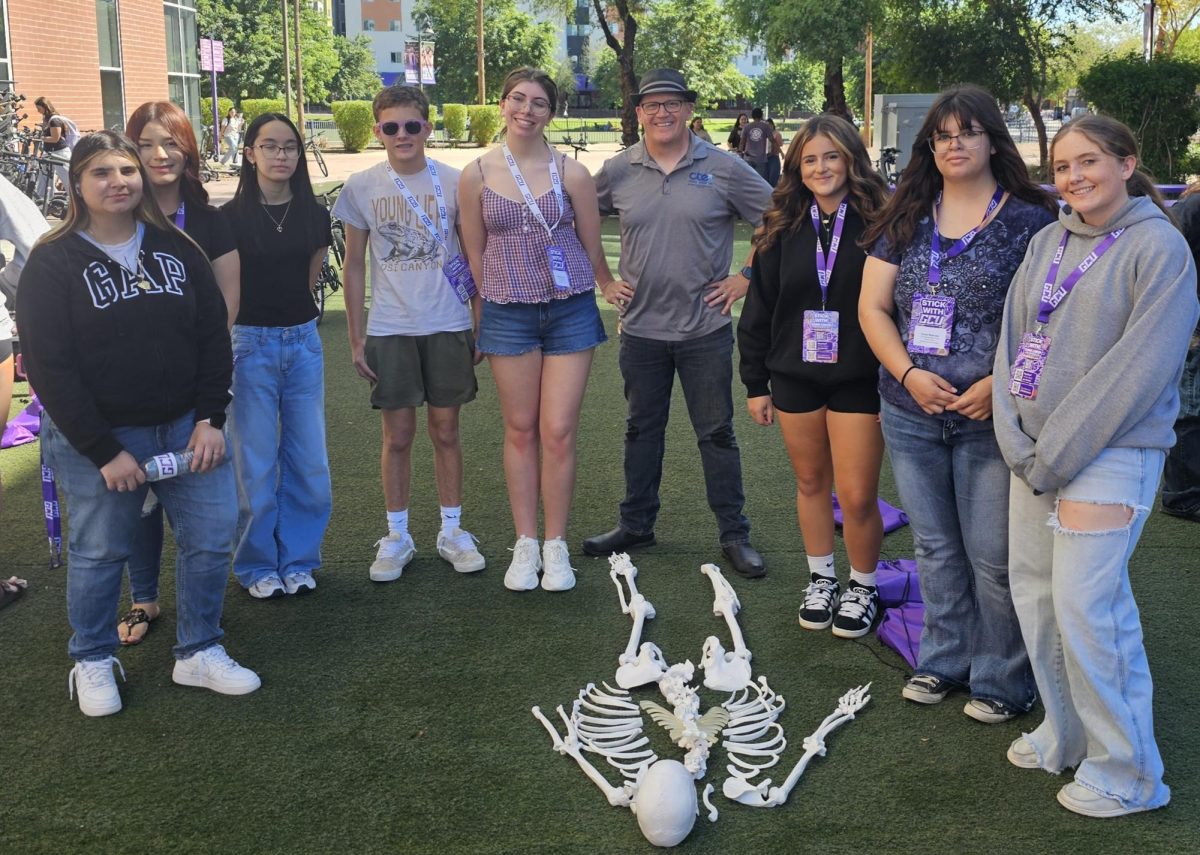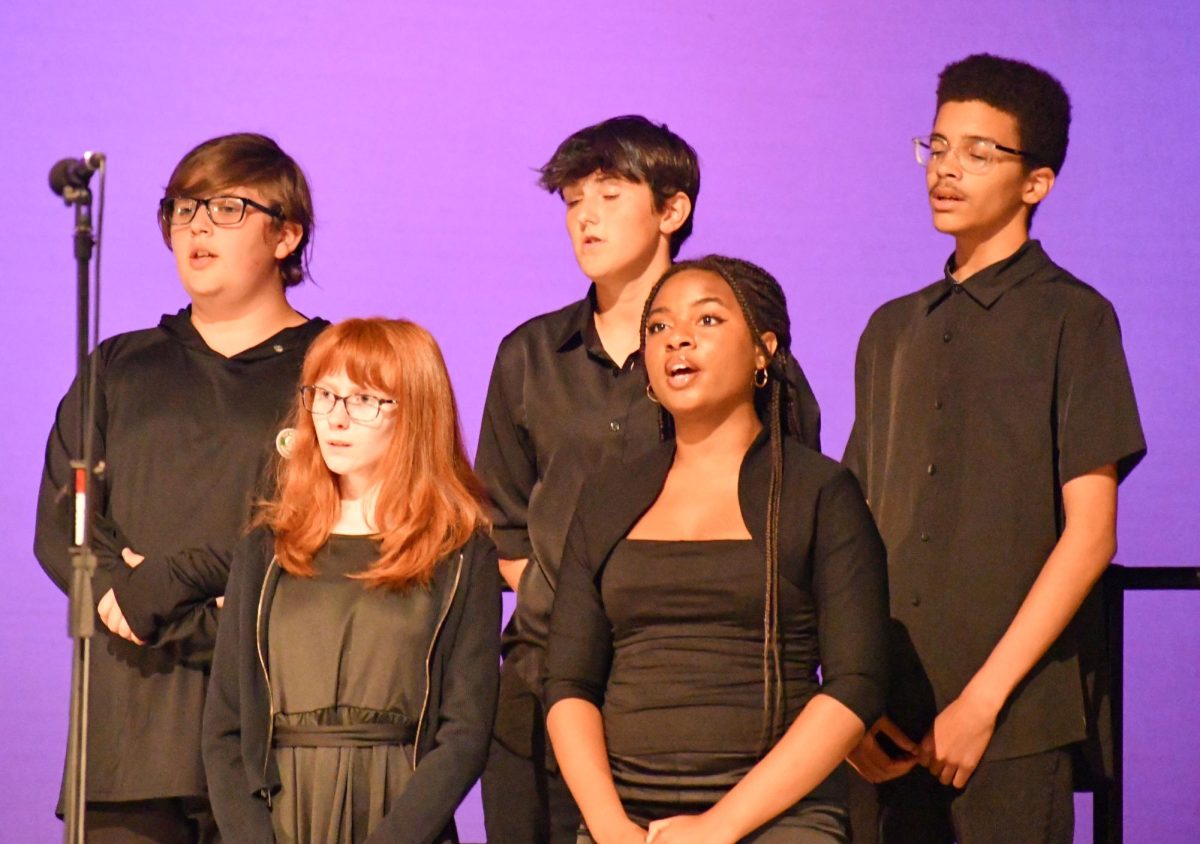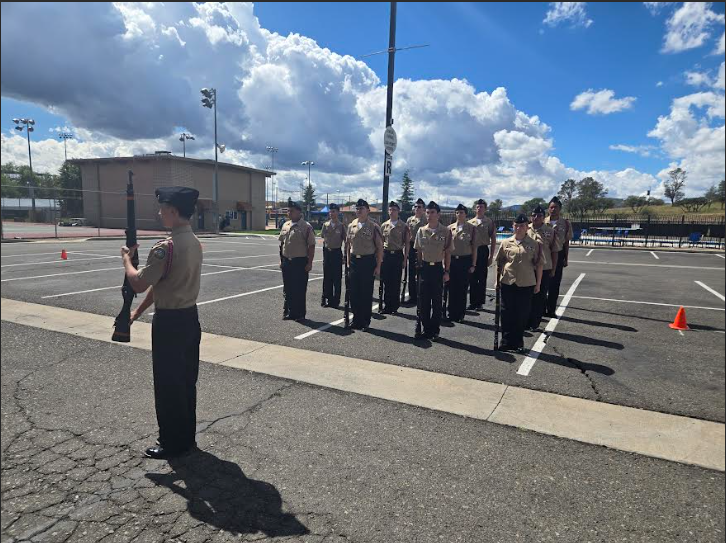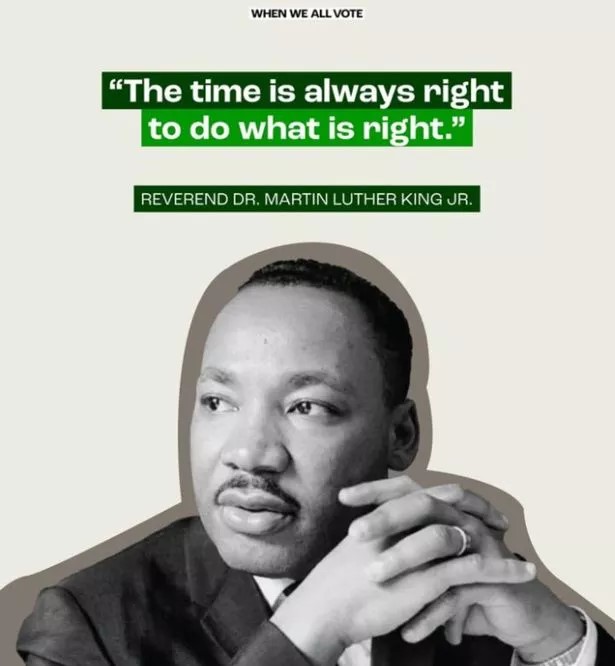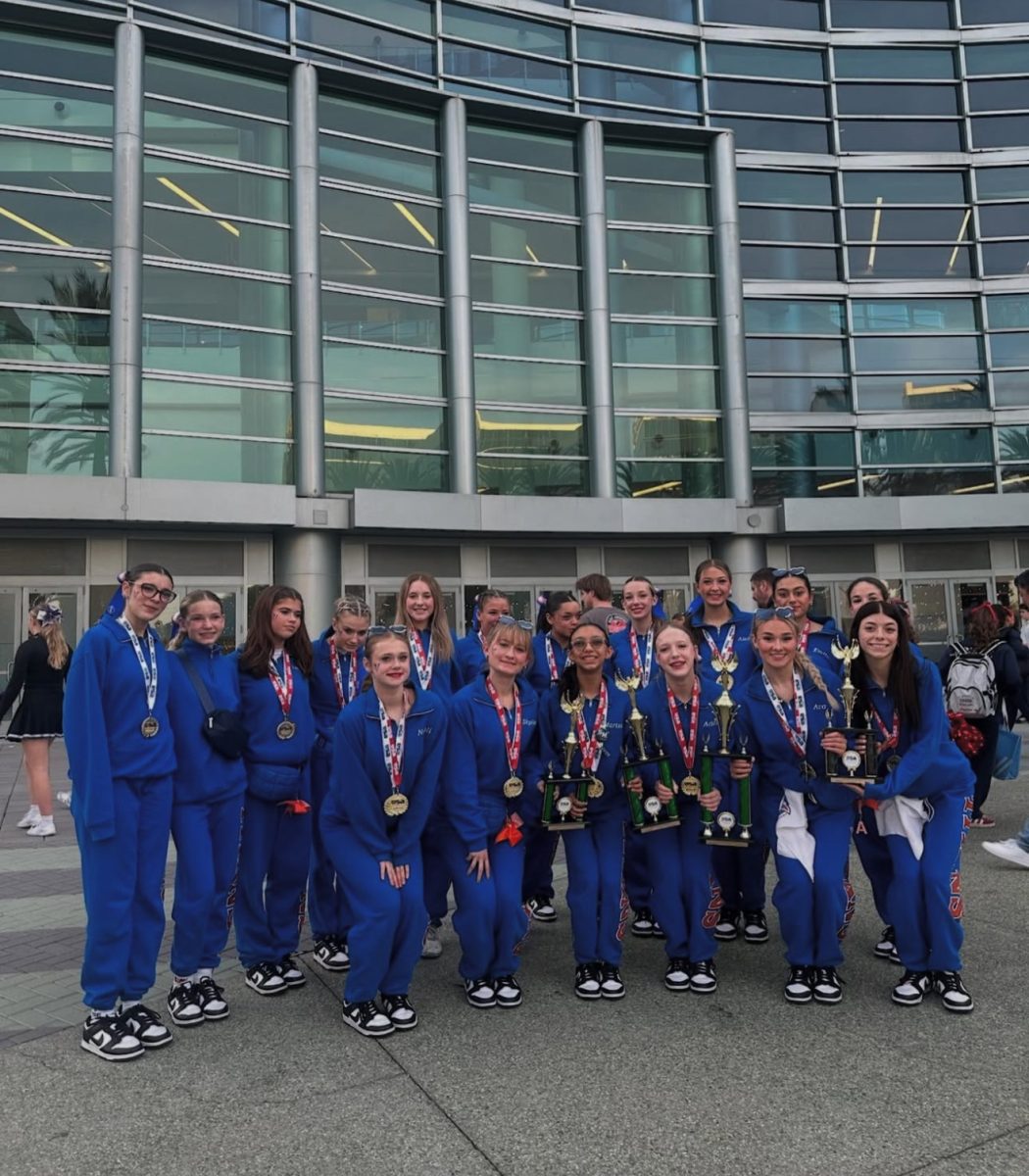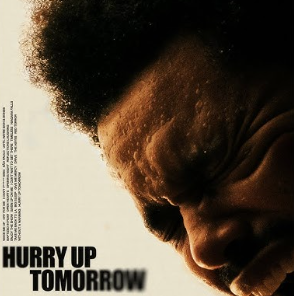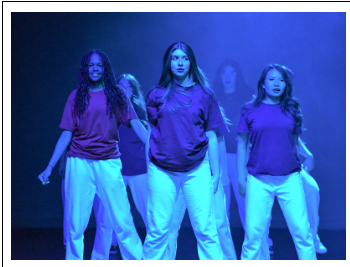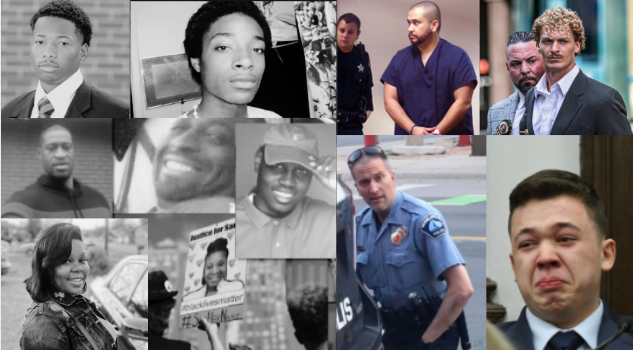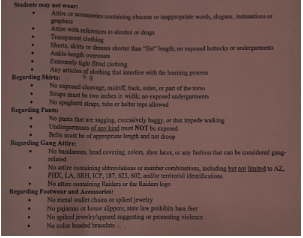How the Harlem Renaissance Impacted the Arts
February 28, 2023
The excellence of Black musicians, artists, authors, educators, and actors that defined the Harlem Renaissance left a transformative and permanent imprint on American culture.
The Harlem Renaissance was a time of cultural, artistic, literary, and musical breakthroughs composed by Black people. The movement was born in Harlem, New York and took place in numerous cities shortly after World War I. The movement was active from the 1920s to the late 1930s. Black artists of the time were, as author and poet Nikki Grimes says, “breaking out of the constrictions White society had set for them. They were claiming and remaking their own images, and doing so in bold and striking ways.” The Harlem Renaissance is best known for its enchanting blues and jazz music, vibrant and expressionistic artwork, revolutionary and creative literature, charming fashion, and overall captivating culture.
Some of the most impactful musicians in history were major figures in the Harlem Renaissance. Louis Armstrong is widely remembered as one of the founding fathers of Jazz. His magical tunes created with the iconic trumpet skills he possessed influenced musicians all over the world. He also spoke out against the racial segregation prevalent worldwide, essentially putting his career on the line. Armstrong specifically announced an injustice in Little Rock, Arkansas where governor Orval Fabus called the Arkansas National Guard to keep nine Black students from attending Little Rock Central High School. Some radio shows denied playing Armstrong’s music, and he faced an abundance of negative criticism. He continued on the path of success, inspired millions, and earned the title of “The world’s greatest trumpet player.” Next, Billie Holiday was a Jazz and Swing singer, whose career blossomed in the Harlem Renaissance. “Lady Day” is easily recognizable for the gardenias she fashioned in her hair and her unique singing style that revolutionized Jazz. Her career dates back to the 1930s, in which she was only 18, and her voice flowed through Harlem nightclubs. Billie Holiday is a true artist for the ages as countless musicians today consider her a huge inspiration. Her famous work “Strange Fruit” is a protest song with lyrics containing horrific experiences Black people were facing. The song initially came from a poem by Abel Meeropol. “She gave a startling, most dramatic and effective interpretation which could jolt an audience out of its complacency anywhere,” says Meeropol. The way in which Holiday performed the gut-wrenching song chilled audiences: as requested, waiters stopped serving and the only source of light in a pitch black room was a single spotlight on her face. The raw emotion found in her voice silenced the crowd, and before the lights came on she left the stage. Billie Holiday undoubtedly enchanted the world with her distinctive voice and everlasting talent. Finally, Duke Ellington’s self expression and passion in his music touched the hearts of millions worldwide. In The Essential Ellington – How Duke Ellington Changed Jazz Forever it says, “Ellington defied categories, and steadfastly refused to conform to any preconception of what he or his music should do.” In Harlem, his charm was increasingly recognized by clubs which led to the formation of his orchestra. He created complex and timeless melodies, and communicated the message of social justice through his work. With his powerful music and endearing essence, Duke Ellington became a primary leader of the Harlem Renaissance.
“The wonderful thing about being an artist is that there is no end to creative expression…” said Lois Mailou Jones, one of the many legendary artists from the Harlem Renaissance. The unlimited talent during this time period changed the game for generations of artists to come. Lois Mailou Jones was a painter and educator known for her landscapes that displayed vibrant colors and remarkable designs. Her most famous works feature African, Caribbean, and Native American art. Jones’s work reflected “her early curiosity and deep well of artistic influences.” Melinda Page says in Lois Mailou Jones and the Art of Perseverance. When fantastically using textiles as a canvas and working as a designer for businesses, she noticed her name missing from the publications of her work. Later on in an interview Lois explained, “As I wanted my name to go down in history, I realized that I would have to be a painter.” Down the line she worked alongside the art faculty at Howard University, and her distinguished impressionist art would win competitions of contests that forbid Black artists from joining; her paintings were anonymously submitted. Lois Mailou Jones applied striking hues and patterns to a wide range of subjects in her artwork and truly defines the meaning of talent. Another key artist of this era is Aaron Douglas. Famous for his modernist murals that integrated African culture, he became a leader of the Harlem Renaissance. Aaron Douglas’s art addressed societal issues and focused on race and segregation. A Look at the Life of Painter Aaron Douglas affirms that in Harlem he “discovered the cultural scene that was thriving in the region, feeling almost overwhelmed by all the new sights and experiences.” His widespread work is most commonly recognizable by the vibrant colors and human silhouettes. Aaron Douglas quickly became an influence for contemporary artists everywhere and a legend of the Harlem Renaissance. Last, Augusta Savage was an incredibly gifted sculptor and educator, which resulted in her major role in the movement. In her Harlem studio, the 16ft sculpture “Lift Every Voice and Sing” was created. The sculpture was named after the song by James Weldon Johnson, which was referred to as the Black national anthem. Savage crafted a beautiful choir of people with plaster, and eventually fair organizers renamed the piece “The Harp”. Since she could not afford to cast the sculpture in bronze, it was destroyed (like lots of her work). In 1932 she founded the Savage Studio of Arts and Crafts and in 1934 became the first African-American member of the National Association of Women Painters and Sculptors. Augusta Savage was a resilient and driven artist and educator whose work left a significant legacy.
The literature that stemmed from the Harlem Renaissance allowed unlimited expression, and the works are still relevant today. William Edward Burghardt Du Bois, or W. E. B. Du Bois, was a sociologist, historian, activist, author and professor whose work contributed to the Harlem Renaissance. His accomplishments date back to the late 1800s and he aimed to solve societal issues and injustices. He became a director of the NAACP and in 1920 worked to draw in supporters as well as shed light on the organization. Professor Aldon D. Morris states that Du Bois established truth as a standard and “was the first sociologist to articulate the agency of the oppressed.” Furthermore, Zora Neale Hurston was an author who excelled during the Harlem Renaissance. She was known for her wit, perseverance, and folk writing style and strived to inform people of injustice and racism. She co-founded Howard University’s newspaper and later joined the Harlem scene. Hurston pushed literary norms and dedicated her studies to Black culture. Zora Neale Hurston’s work was overlooked for years but in time she became one of the most influential figures of the 1920s and will remain a literary legend. Finally, poet Langston Hughes’s work shaped the Harlem Renaissance. His goal was to portray the delights and hardships of Black life honestly, and omit the harsh stereotypes. A critic for Black World expressed that Hughes “stands at the apex of literary relevance among Black people,” and “recognized that ‘we possess within ourselves a great reservoir of physical and spiritual strength.” Though his work was often criticized at first, Langston Hughes grew to hold a great and honorable reputation and remains a leading figure in literature today.
The timeless work that emerged from this period carries an influence in every piece of art that came after. The Harlem Renaissance redefined what it means to express yourself and left an everlasting mark on America.

